Rising Tides: Analysing Nigeria's Soaring Public Debt and Its Sustainability Concerns
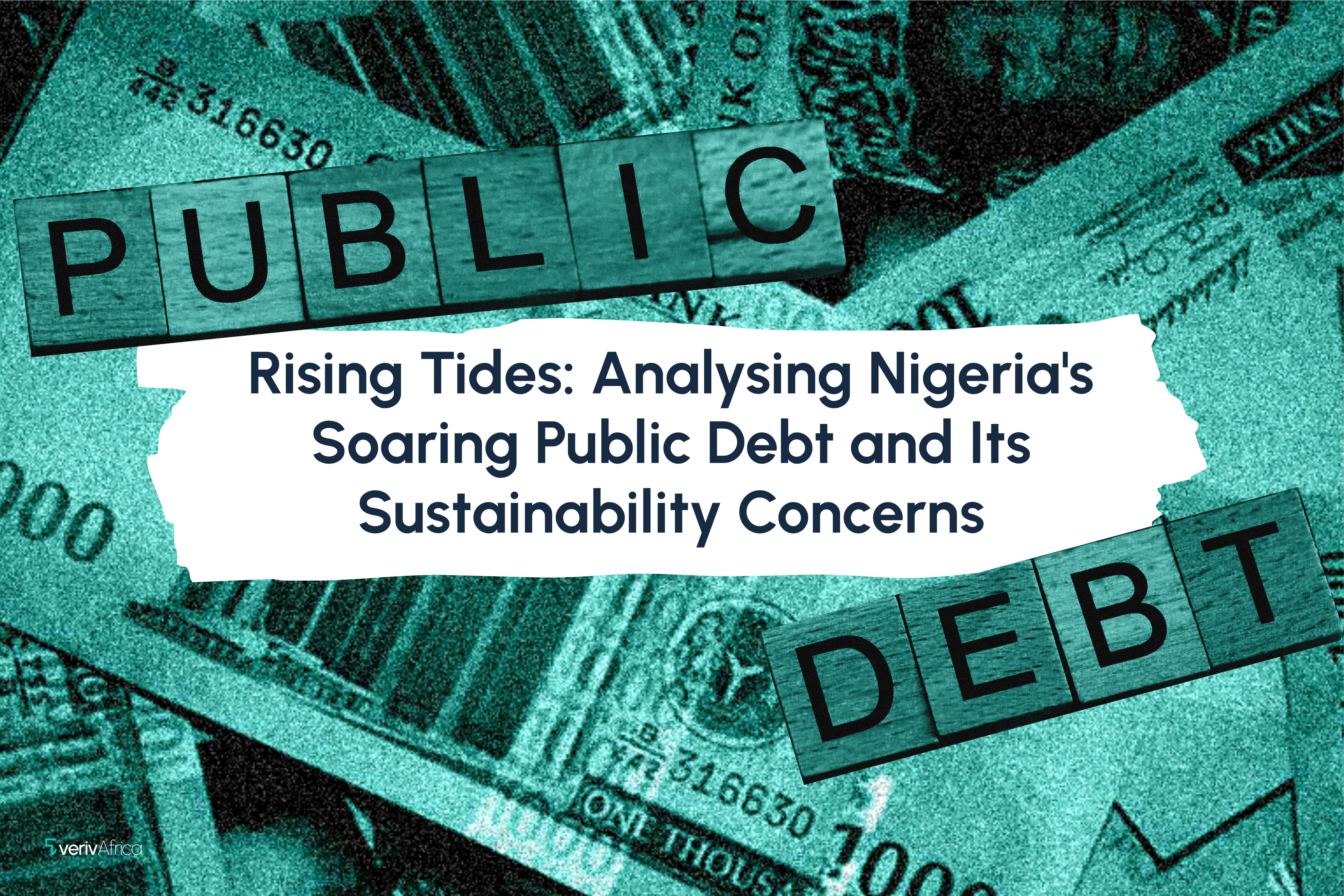
Nigeria’s mounting debts are approaching unsustainable levels, demanding immediate and unwavering attention from policymakers. The total debt stock has experienced a substantial increase, soaring to ₦121.67 trillion in March 2024 from ₦10.16 trillion in March 2014, representing a staggering increase of over 1000% within a decade, as the Debt Management Office (DMO) reported. This rapid escalation underscores the urgent need for action. Additionally, the government currently allocates about 77% of its revenue towards debt servicing, a figure that signals a precarious financial state, a fiscal cliff. This trend has become a primary concern among economic policymakers, analysts and citizens.
Nigeria’s Debt Today
Nigeria's public debt has steadily increased despite obtaining debt relief in 2006. During the Olusegun Obasanjo-led administration, the country secured debt relief from the Paris Club. The Paris Club, established in 1956, is an informal group of official money lenders. It was formed to address the payment challenges of debtor countries and serves as a voluntary assembly of creditor nations committed to collectively managing the debts owed by developing countries. At the time of the relief, Nigeria's debt-to-GDP ratio was approximately 58%, nearly twice the recommended threshold of 30%. The debt-to-revenue ratio was 412%, and the debt-to-export ratio stood at 152%. The official exchange rate was ₦134 to US$1.00, equating the total debt to ₦4.82 trillion. The club cancelled $18bn (60%) of the total debt of $30.84bn.
Since the Obasanjo-led administration, successive governments have continued to accumulate debt and borrow extensively. This persistent debt accumulation underscores the urgent need for a significant overhaul in debt management and fiscal policies. Such a change is not just desirable but necessary to ensure a sustainable economic future for Nigeria.
More recently, the debt surged by ₦24.33 trillion to ₦121.7 trillion in the first quarter of 2024 from ₦97.34 trillion in December 2023. The securitisation of the ₦22.7 trillion Ways & Means advanced by the CBN, the devaluation of the exchange rate leading to increased valuation of existing and new external debts, and the recent borrowing to fund the government’s budget deficits are the primary drivers of this increase. Furthermore, the debt-to-GDP ratio, a key indicator of economic stability, rose from 7.3% in 2006 to 46.7% in 2024, suggesting that the nation is reverting to the pre-debt relief period.
Nigeria Is Not Alone
A high debt-to-GDP ratio is not unique to Nigeria; other Sub-Saharan African (SSA) countries also have high ratios, resulting in an increased risk of falling into a debt trap. The debt-to-GDP ratio in Ghana, Kenya, and South Africa is 84%, 73%, and 75%, respectively, exceeding the recommended threshold (40%) set by the International Monetary Fund (IMF) and World Bank Group (WBG).
In recent years, governments in SSA have continued to face a sustained funding shortage, high borrowing costs, and impending debt repayments. Due to the financing challenges, many SSA countries have significantly cut down on crucial public expenditures, particularly capital investments, thereby reallocating funds critical for developmental initiatives to debt servicing. However, according to the IMF Regional Economic Outlook (REO), the average debt-to-GDP ratios in the region have largely stabilised at around 60% in 2023. They are projected to ease further this year.
The Composition of Nigeria’s Public Debt Profile
Nigeria's total public debt comprises domestic and external borrowing and ways and means advances from the Central Bank. External debt arises from loans borrowed from external sources such as multilateral agencies like the World Bank, IMF, African Development Bank, Afreximbank, and bilateral lenders, including China, France, Japan, and Germany. Domestic debts, on the other hand, are loans borrowed within the country. They include commercial debts, promissory notes, and other forms of debt.
The Ways and Means advances serve as a mechanism that authorises the government to access short-term or emergency funding from the CBN to manage cash flow deficiencies effectively. The proportion of domestic debt grew sharply over the last three quarters owing to the securitised ways and means. For context, the National Assembly approved the securitisation of ₦22.7 trillion ways and means advance by the CBN to the Federal Government in 2023. This debt was transferred to the DMO with a 40-year tenor, a 3-year moratorium, and an interest rate of 9%.
Table 1: External Debt, Domestic Debt and Total Debt (Q1 2021- Q1 2024)
Year | External Debt (% of total debt) | Domestic Debt (% of total debt ) | Total Debt (₦’ Trn) |
2021 Q1 | 62.33 | 37.67 | 33.11 |
2021 Q2 | 61.34 | 38.66 | 35.47 |
2021 Q3 | 59.02 | 40.98 | 38.00 |
2021 Q4 | 59.92 | 40.08 | 39.56 |
2022 Q1 | 60.06 | 39.94 | 41.60 |
2022 Q2 | 61.22 | 38.78 | 42.85 |
2022 Q3 | 61.08 | 38.92 | 44.06 |
2022 Q4 | 59.56 | 40.44 | 46.25 |
2023 Q1 | 60.60 | 39.40 | 49.85 |
2023 Q2 | 61.95 | 38.05 | 87.94 |
2023 Q3 | 63.63 | 36.37 | 87.91 |
2023Q4 | 60.74 | 39.26 | 97.34 |
2024Q1 | 53.95 | 46.05 | 121.67 |
Source: CBN and DMO
Table 1 shows that 54% of borrowings were from external sources in 2024q1, while 46% were from domestic sources. A substantial proportion of Nigeria’s debt is denominated in foreign currencies, exposing it to risks and vulnerability from exchange rate volatility. This can lead to currency depreciation as investors become concerned about the country’s ability to service its debt. Consequently, a weaker naira can increase the cost of imported raw materials and goods, leading to higher production costs and inflation. Similarly, high debt levels can lead to higher interest rates as investors demand a risk premium to compensate for the increased risk of default. This results in more expensive government and private sector borrowing, crowding out private investment. As a result, businesses find it costly to access financing, expand, and ultimately dampen economic growth. The mounting bilateral and multilateral debt undeniably indicates increasing financial commitments over time, signalling impending financial pressure if the growth in debt is not supported by corresponding economic and revenue growth over time.
Nigeria’s Mounting Debt Burden Amidst Weak Productive Capacity: A Tale of the Debt Per Capita Versus the GDP Per Capita
Debt per capita is an indicator of the debt burden that each citizen bears as the government continues to borrow, while GDP per capita measures the income and productive capacity per head. The government’s ability to repay its debt hinges on the economy's productive capacity. Ideally, as the government accumulates debt over time, the revenue sourced from the borrowing should be spent on critical capital projects that will yield future returns, thus boosting the country's productive capacity. This will eventually have a positive impact on the GDP per capita and improve the living standards of individuals and households.
On the contrary, as the government has continued to accrue debt, Nigerians' living standards have deteriorated, suggesting that escalating debts and government expenditures do not necessarily enhance productivity or improve living standards.
This is indicative of a mismatch in government spending priorities. When the government borrows to service debts, pay subsidies and salaries, or fund non-productive activities, the spending will definitely not improve economic productivity.
Data shows that the growth rate of debt per capita outpaces income per capita. For example, in 2023, debt per capita surged by 106%, whereas income per head saw a marginal growth of 0.4% in the same year. By 2024q1, debt per capita had reached approximately ₦530,600. Unfortunately, the mounting debt burden affects both the present working population and the future generations yet to join the labour force, raising serious concerns about sustainability as it creates a vicious cycle that will be difficult to break.
Is Nigeria’s Mounting Debt Profile Sustainable?
Debt sustainability describes the government's capacity to fully satisfy all present and future payment obligations without necessitating financial assistance or defaulting on debt. The debt sustainability assessment can be measured by various metrics, which include the proportion of debt to GDP ratio and the proportion of debt service to revenue ratio. According to the IMF-WB Debt Sustainability Framework for low-income countries (LIC DSF), the debt-to-GDP ratio should not exceed 40%, while a healthy debt service-to-revenue ratio should not surpass 30% (IMF Article IV 2024).
The debt-to-GDP ratio in Nigeria stands at 48.7%, surpassing the 40% threshold for developing nations. Furthermore, the debt service to revenue is about 77% (also above the recommended threshold), indicating that a substantial portion of government revenue is allocated to debt servicing. This high debt burden raises concerns and underscores the need to boost government revenue significantly. If economic growth rates stall or decline, generating the required revenue to service the debt will become increasingly challenging.
Sadly, Nigeria also faces revenue problems. The country is one of the least diversified economies in Africa, following Angola, as it is highly dependent on oil for its revenue. However, the oil-to-total revenue ratio has declined in the past five years, falling to 36.9% in 2022 from 79.9% in 2011. This fall in oil revenue is due to sub-optimal oil production. This sub-optimal oil production and decline in oil proceeds result from continuous crude oil theft and vandalisation of pipelines, counter-trade transactions, and oil swaps, as well as a low level of investment in the oil and gas sector.
Conversely, non-oil sector revenues have gradually improved over the years. The proportion of non-oil revenue to total revenue has significantly increased from 20.1% in 2011 to approximately 63.1% in 2022. Over the last four years, non-oil revenues have outpaced oil revenues, underscoring the necessity for increased economic diversification. Therefore, prioritising efforts towards economic diversification and boosting non-oil exports is imperative to improve Nigeria’s debt sustainability.
Policy Recommendations and Options for Nigeria
Strengthen the Fiscal Responsibility Commission (FRC) and Prioritise Reform Recommendations from the Presidential Committee on Fiscal Policy and Tax Reform: Fiscal authorities must strengthen the Fiscal Responsibility Commission to perform its mandate of promoting transparent and accountable government financial management. This is essential to ensure that revenue-generating policies, decisions on allocating resources, and debt management are executed prudently, transparently, and promptly as mandated by the law. In addition, the government should prioritise reform recommendations from the presidential committee on fiscal policy and tax reform to improve revenue collection efficiency.
Budget reforms: Budget assumptions should accurately mirror the economic reality, ensuring that government expenditures align with revenue projections. This can be done by strengthening the macroeconomic modelling capacity within the relevant government ministries, departments, and agencies and ensuring that budget assumptions are free from political interference.
Diversify the Economy: It is imperative to diversify the economy's revenue base and reduce its overreliance on oil revenues. This can be achieved through formulating an industrial policy that supports industrialisation and value-added manufacturing. The government should also strengthen the Nigerian Investment Promotion Commission (NIPC) to promote strategic investments in the country.
Efficient Debt Management Practices: Public debt should be regularly audited to ensure accurate accounting and transparency and to identify and rectify discrepancies. Furthermore, the DMO’s Debt Management Strategy must be updated to align with global best practices.
Debt Restructuring: The Debt Management Office can negotiate with creditors to restructure existing debts, possibly extending repayment periods or reducing interest rates to make the debt repayment process more manageable. To reduce the cost of borrowing, the government should also prioritise concessional loans over commercial loans.
Build a strong institutional framework within relevant Ministries, Departments, and Agencies (MDA): Strengthening institutional frameworks is imperative to promoting better governance and minimising corruption. This can be achieved by establishing transparent and accountable measures within ministries, departments, and agencies, particularly those responsible for debt management, such as the Ministry of Finance and the Debt Management Office.
References
Central Bank of Nigeria. (2024). Quarterly annual statistical bulletin. https://www.cbn.gov.ng/documents/QuarterlyStatbulletin.asp?beginrec=61&endrec=80&keyword=&from=&tod=
Central Bank of Nigeria. (2023). Annual statistical bulletin. https://www.cbn.gov.ng/documents/Statbulletin.asp
Debt Management Office. (2024). Nigeria's total public debt stock as at March 31, 2024. https://www.dmo.gov.ng/debt-profile/total-public-debt/4731-nigeria-s-total-public-debt-stock-as-at-march-31-2024
Debt Management Office. (2006). Nigeria’s debt relief deal with the Paris Club. https://www.dmo.gov.ng/publications/other-publications/nigeria-debt-relief/570-nigeria-s-debt-relief-deal-with-the-paris-club/file
International Monetary Fund. (2024). IMF Article IV Nigeria. https://www.imf.org/en/News/Articles/2024/05/08/pr-24144-nigeria-executive-board-concludes-2024-artivconsultation#:~:text=Washington%2C%20DC%3A%20On%20April%2029,stability%20and%20support%20inclusive%20growth.
International Monetary Fund. (2024). IMF-World Bank debt sustainability framework for low-income countries. https://www.imf.org/en/About/Factsheets/Sheets/2023/imf-world-bank-debt-sustainability-framework-for-low-income-countries
International Monetary Fund. (2024). Regional economic outlook Sub-Saharan Africa: A tepid and pricey recovery. https://www.imf.org/en/Publications/REO/SSA/Issues/2024/04/19/regional-economic-outlook-for-sub-saharan-africa-april-2024#:~:text=After%20four%20turbulent%20years%2C%20the,of%20countries%20anticipating%20higher%20growth.
Sami, T. (2024, April 26). Ways & Means: FG borrows additional N3.8 trillion from CBN in 6 months. Nairametrics. https://nairametrics.com/2024/04/26/ways-means-fg-borrows-additional-n3-8-trillion-from-cbn-in-6-months/
World Bank. (2024). GDP per capita growth (annual %)-Nigeria. https://data.worldbank.org/indicator/NY.GDP.PCAP.KD.ZG?locations=NG
World Bank. (2023). Nigeria development update. https://www.worldbank.org/en/country/nigeria/publication/nigeria-development-update-ndu
Worldometer. (2024). United Nations, Department of Economic and Social Affairs, Population Division. www.Worldometers.info
Similar Insights
View All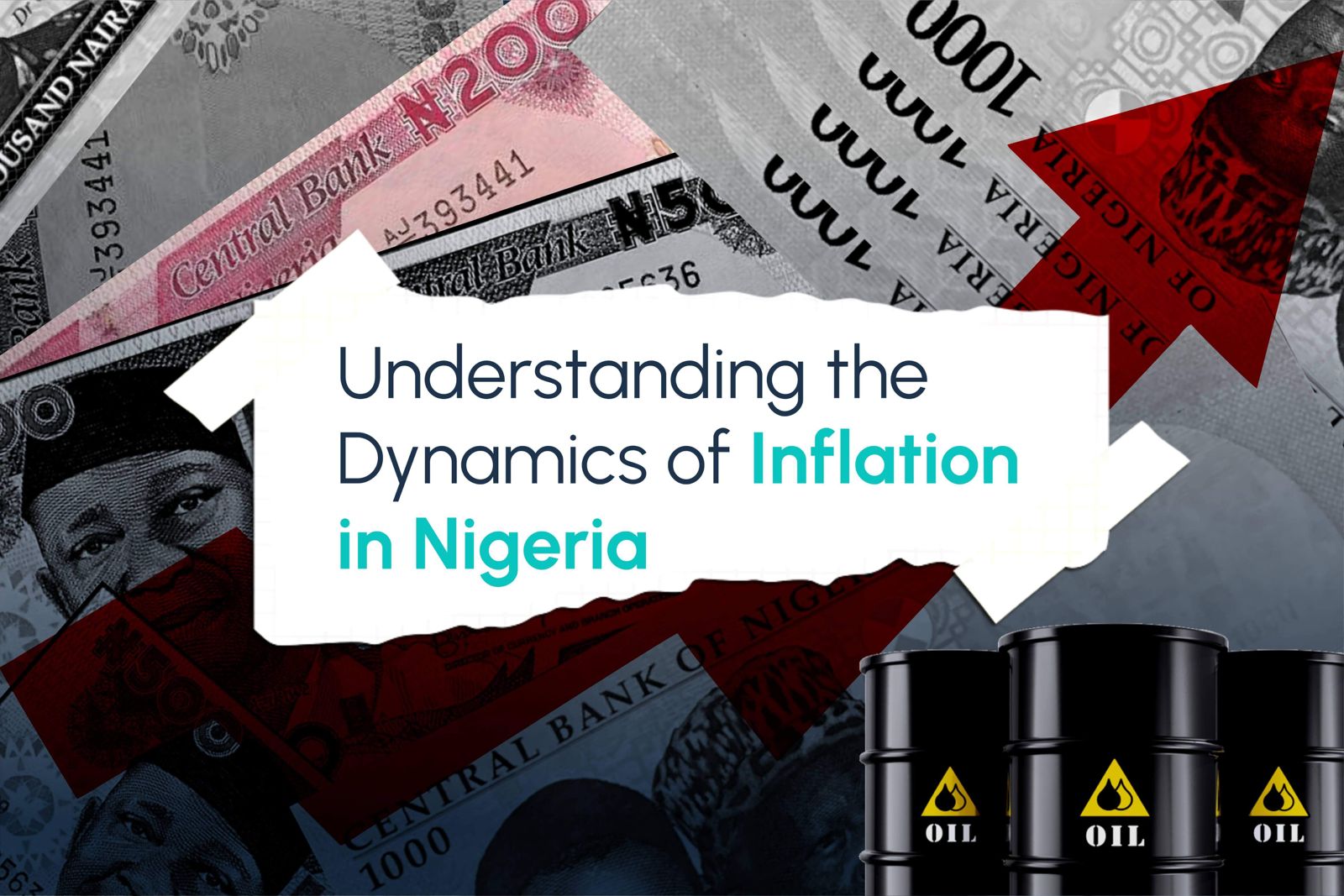
Understanding The Dynamics Of Inflation In Nigeria
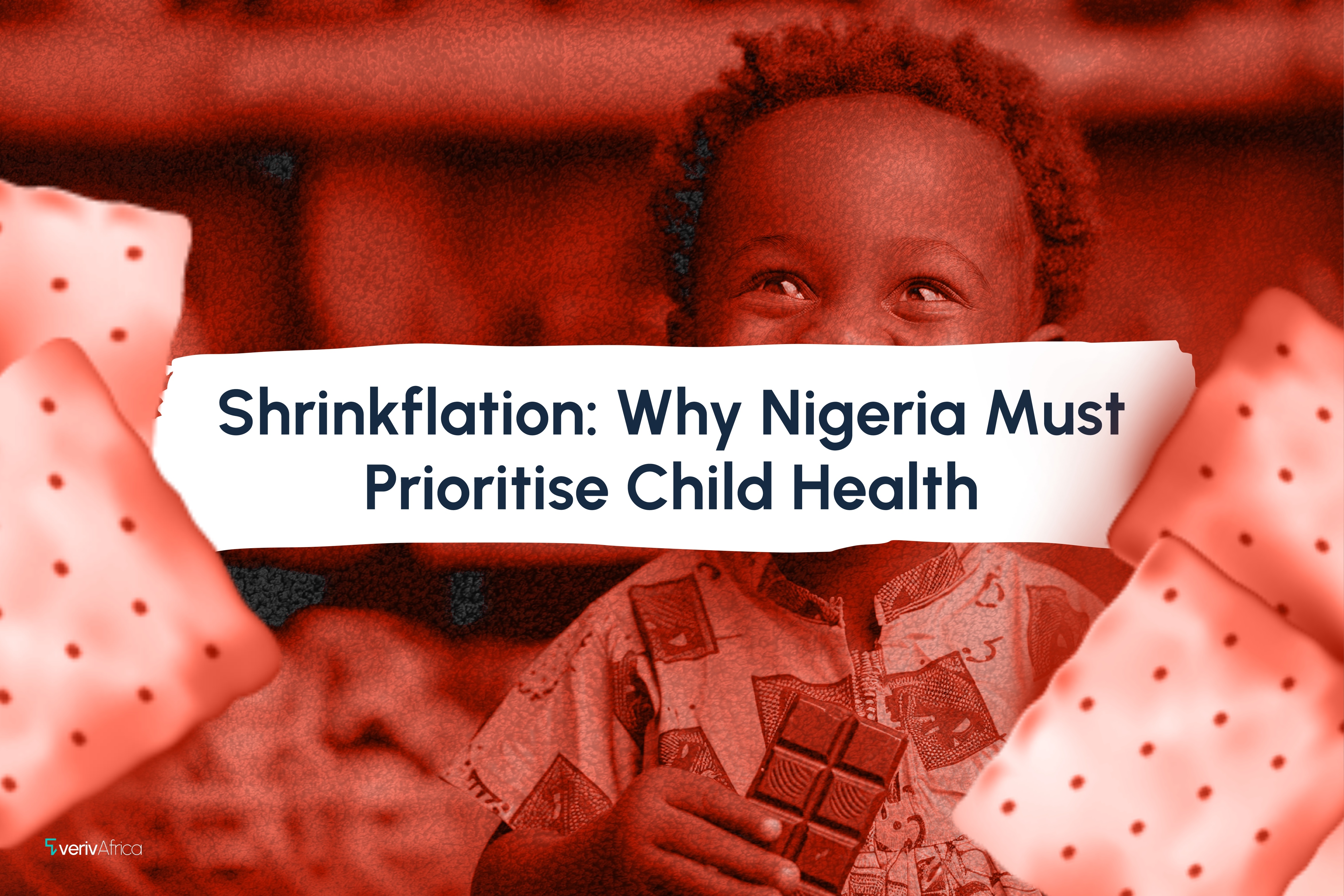
Shrinkflation: Why Nigeria Must Prioritise Child Health
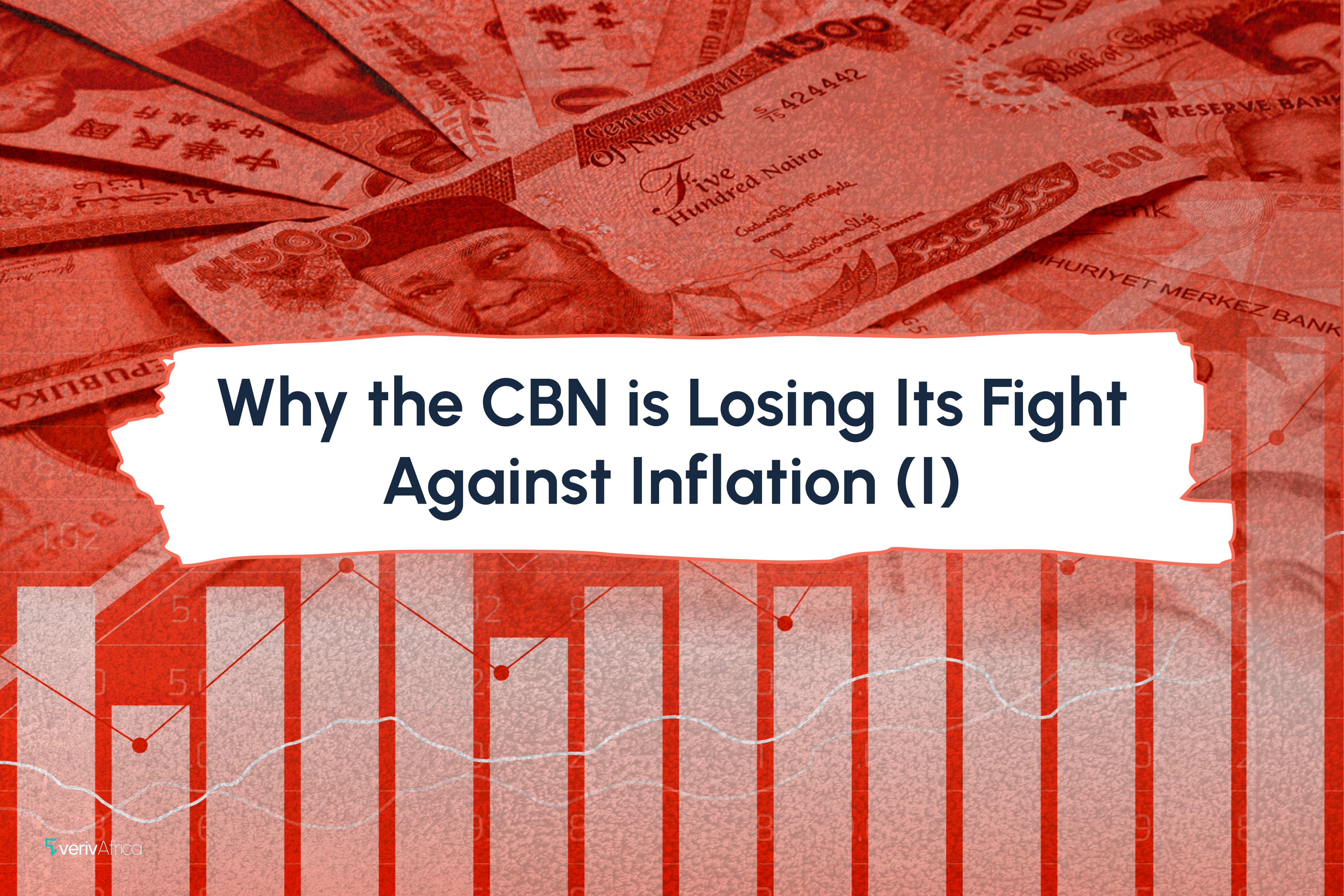
Why the CBN is Losing Its Fight Against Inflation (I)
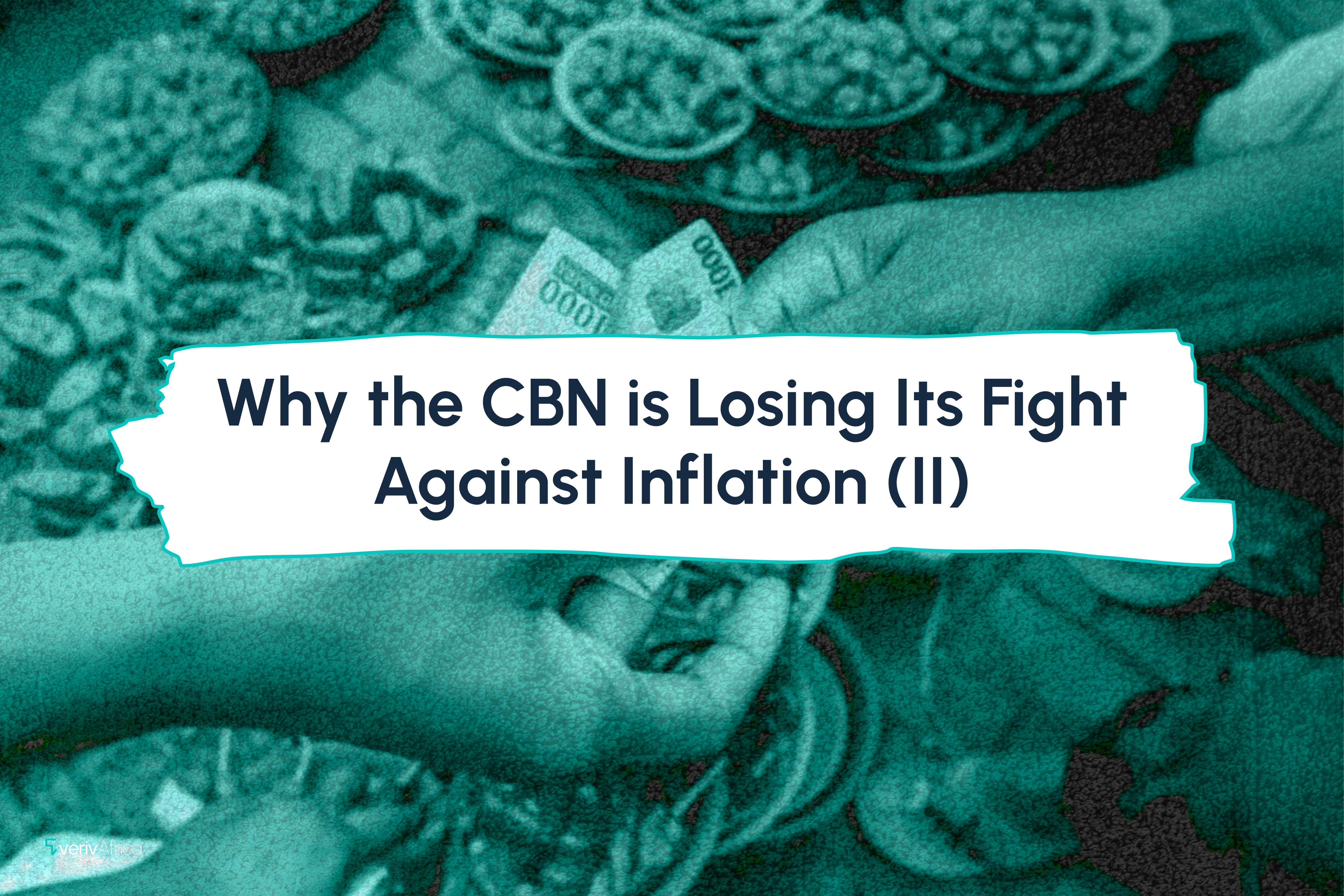
Why the CBN is Losing Its Fight Against Inflation (II)
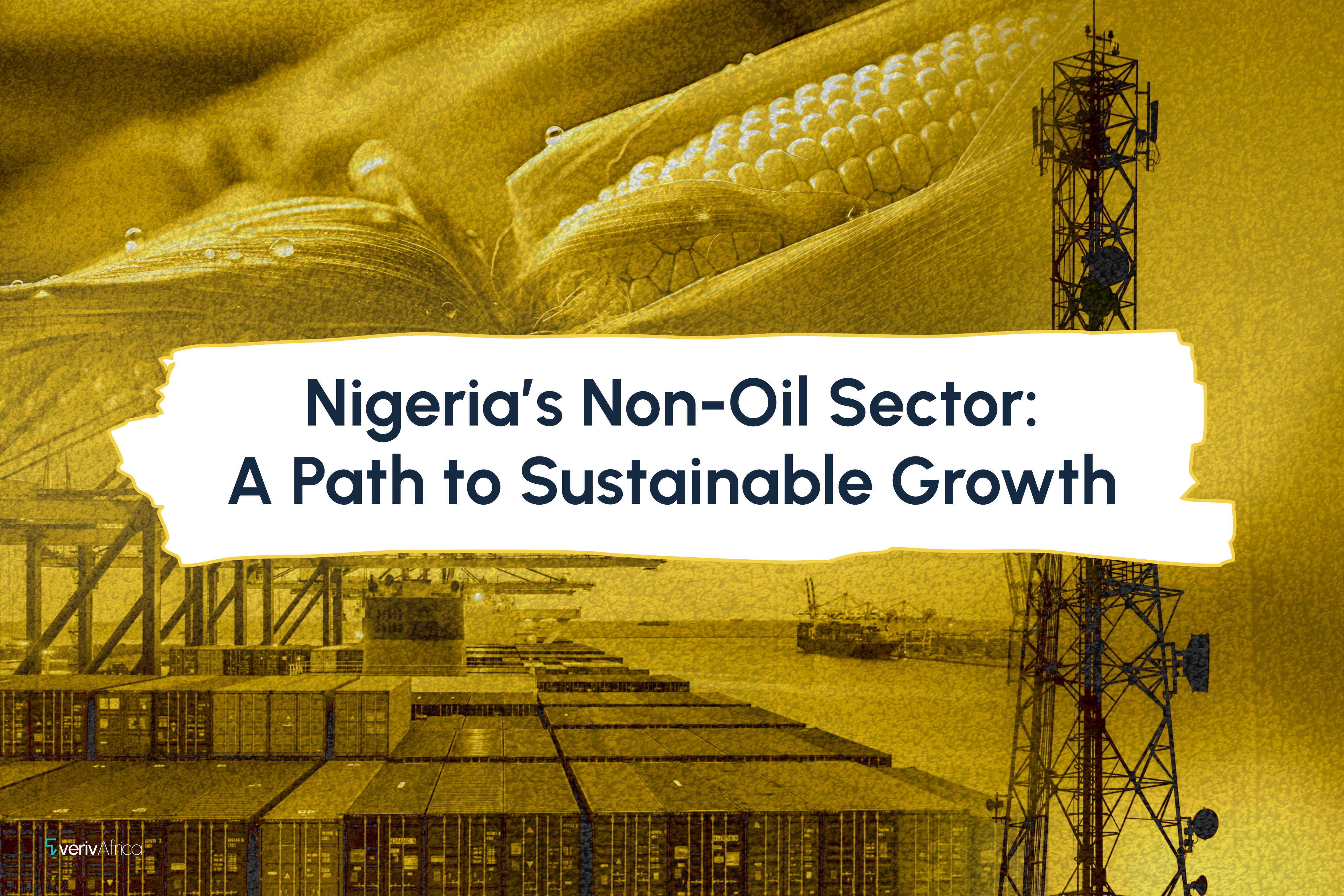
Nigeria's Non-Oil Sector: A Path to Sustainable Growth
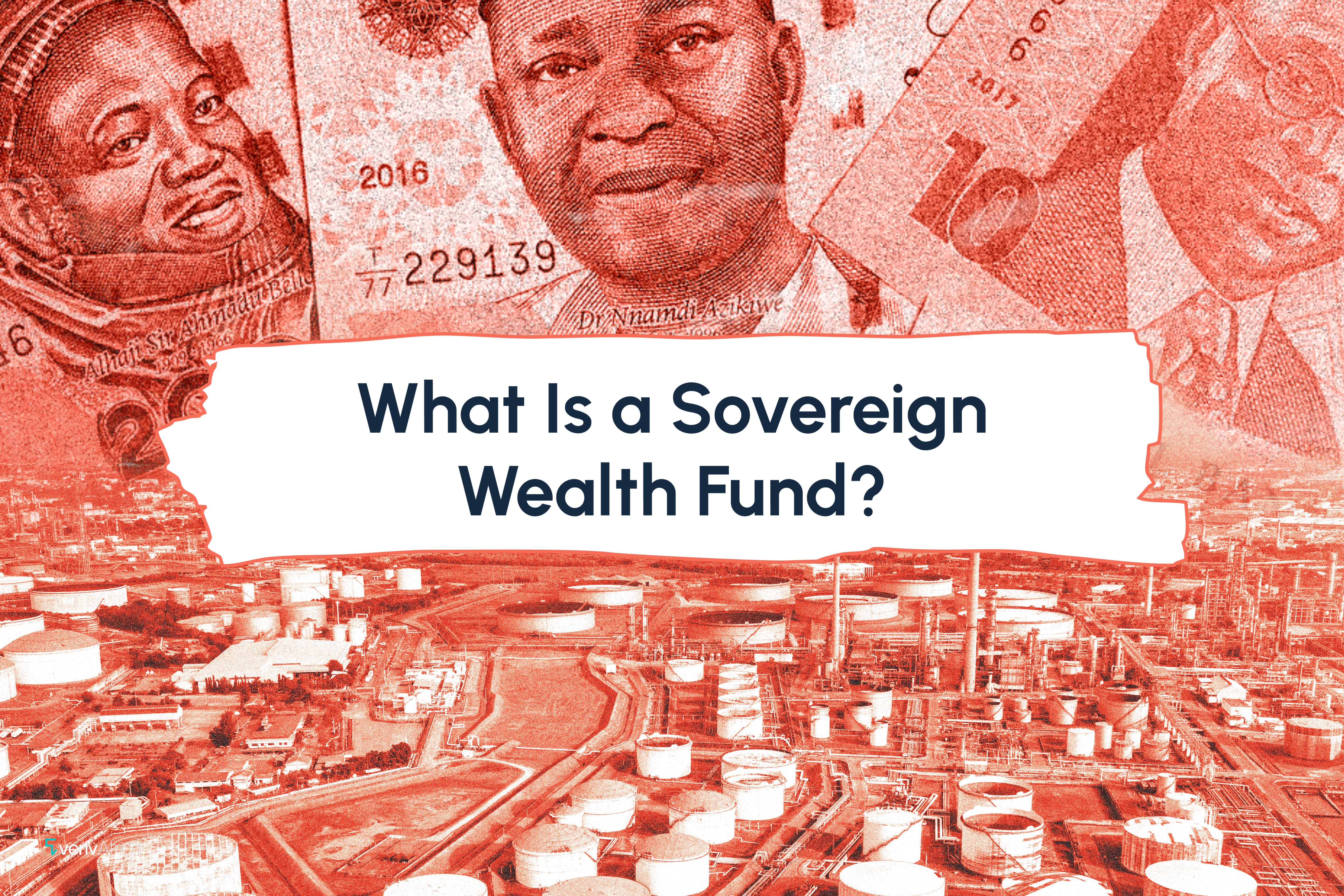
What Is a Sovereign Wealth Fund?
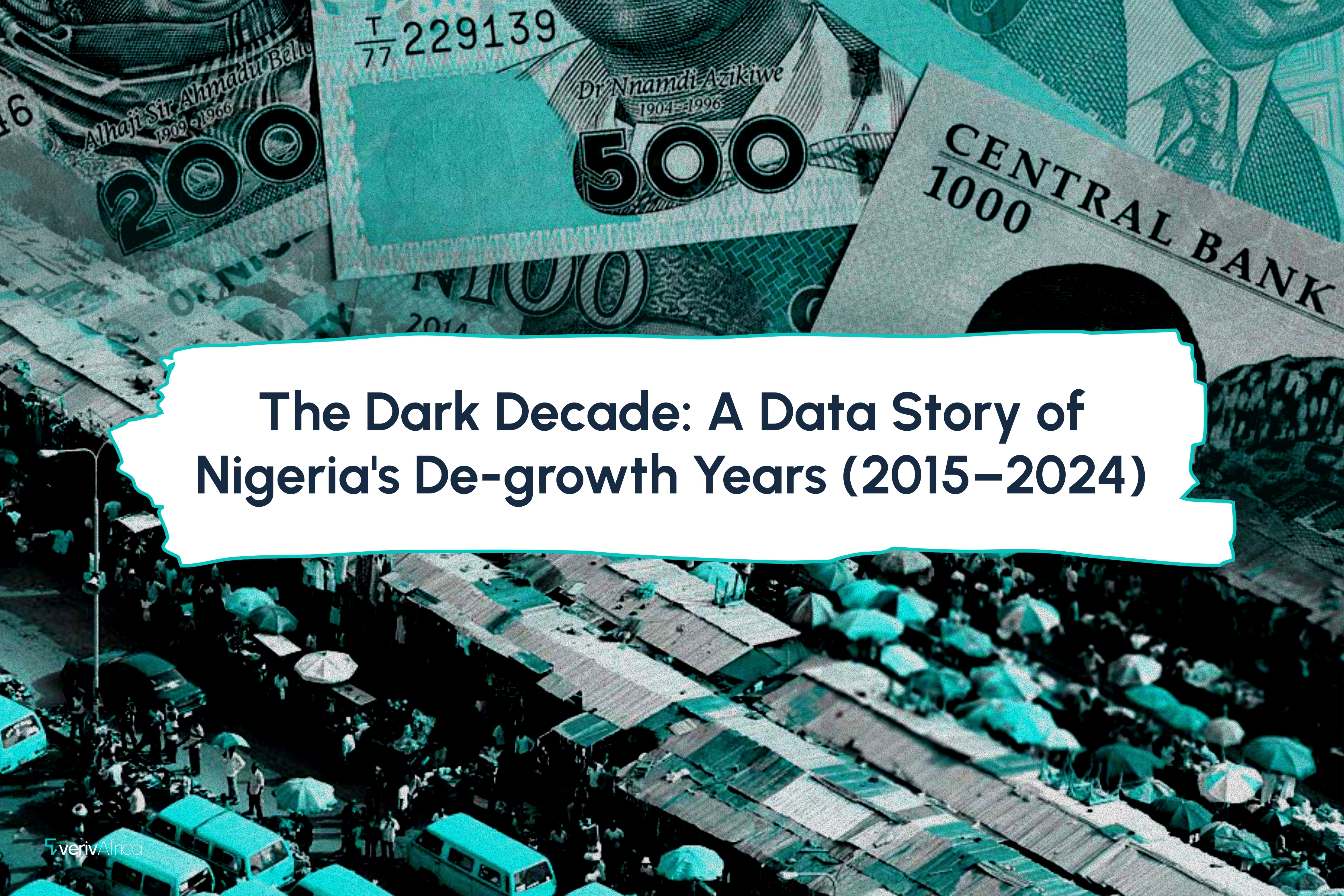
The Dark Decade: A Data Story of Nigeria's De-growth Years (2015–2024)
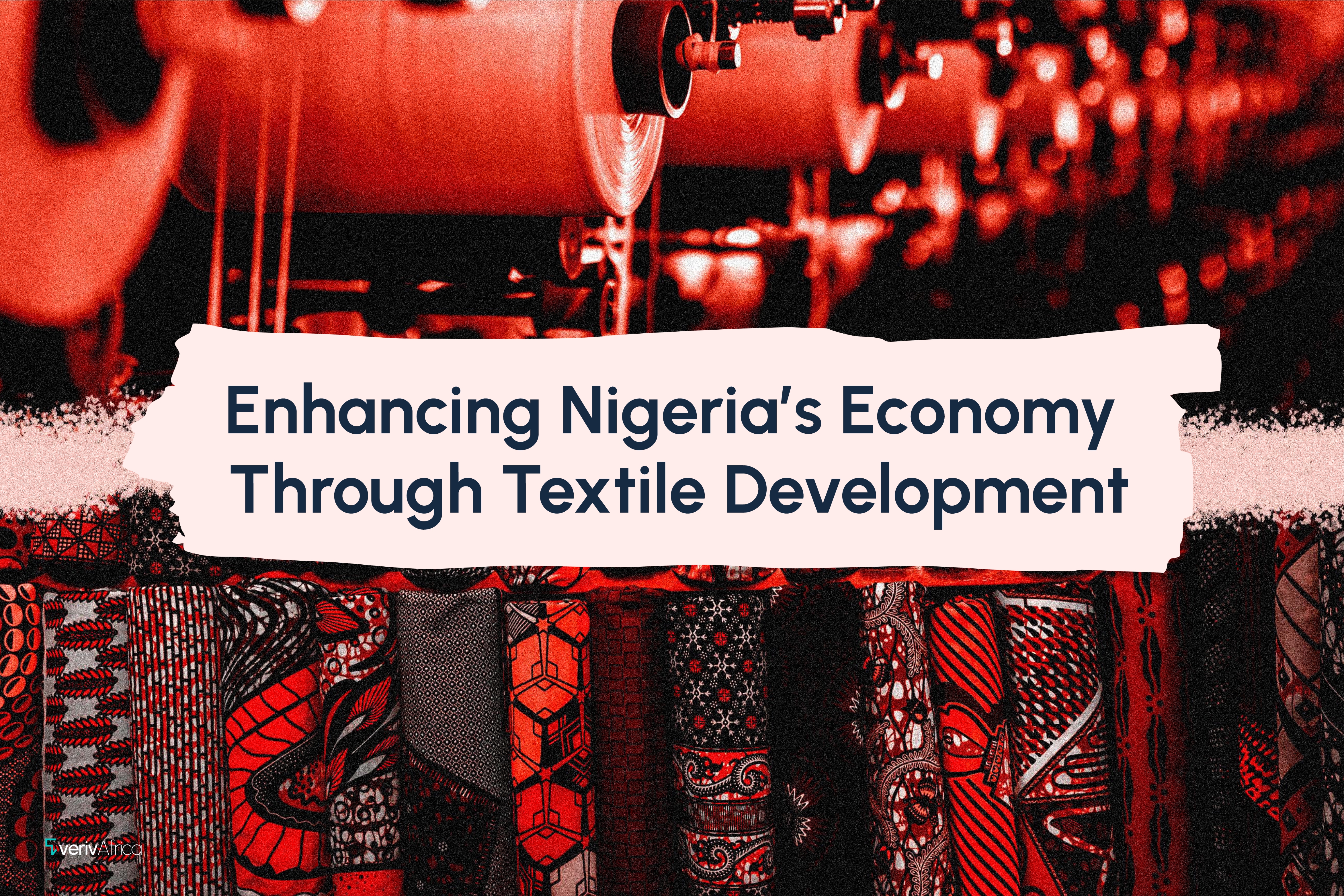
Enhancing Nigeria’s Economy Through Textile Development
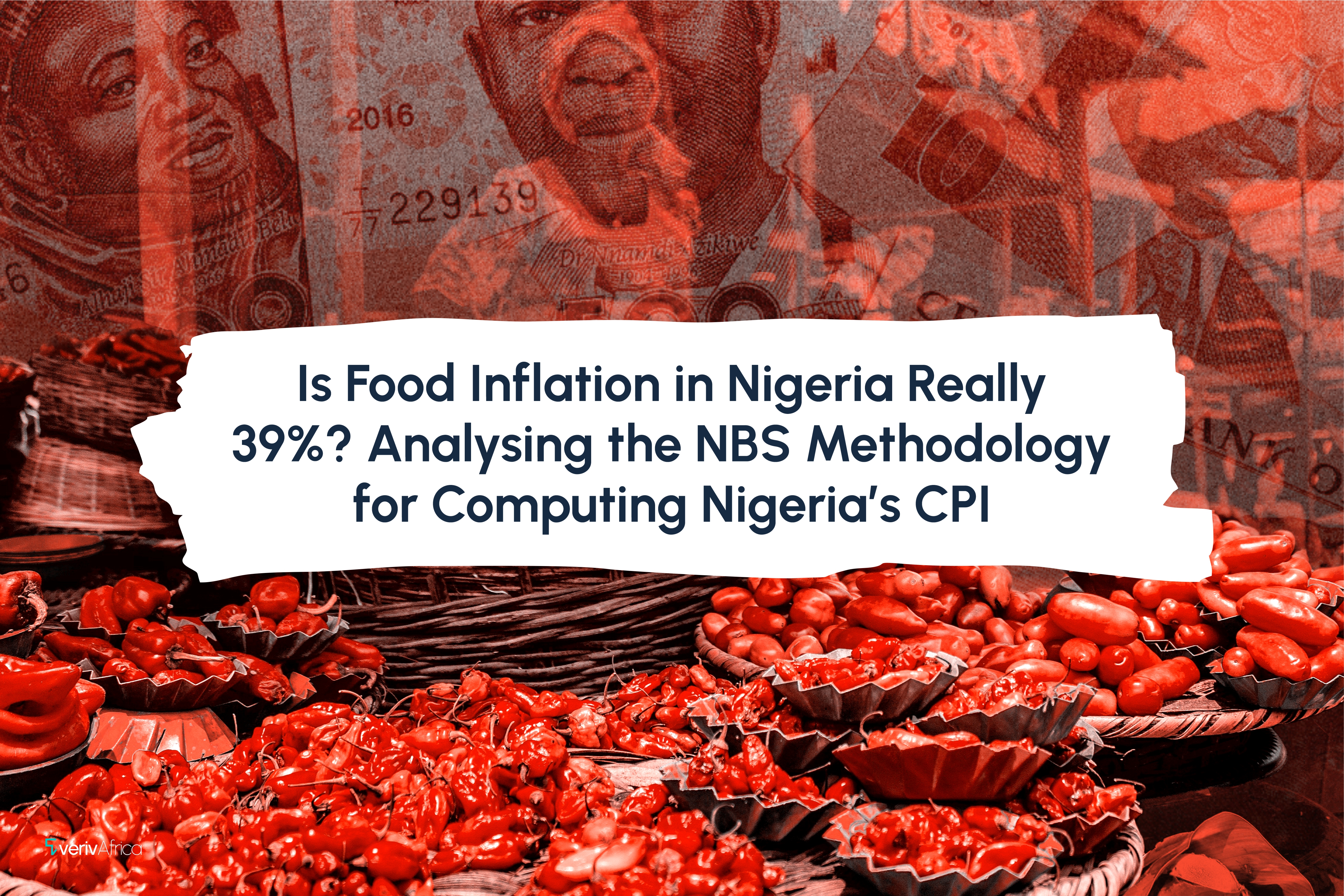
Is Food Inflation in Nigeria Really 39%? Analysing the NBS Methodology for Computing Nigeria’s CPI
Don't miss out!
Our subscribers receive firsthand updates on our recent content. We hope you become one, too.
It's free, so why not?

